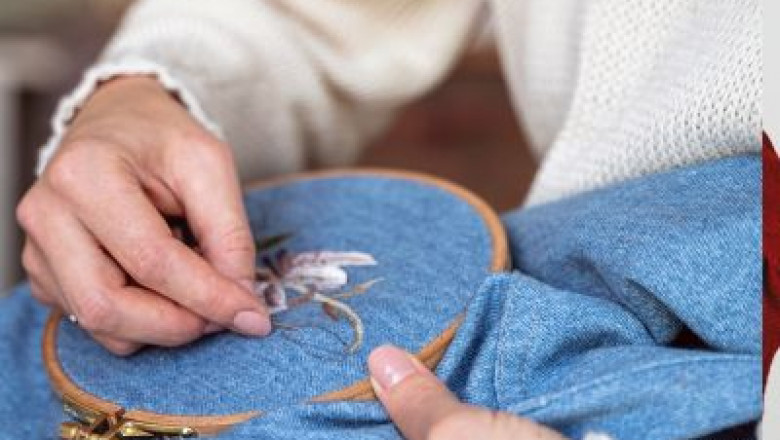
Knits are a favorite in many wardrobes. They keep us warm, look stylish, and feel comfortable. Sweaters, especially luxury pieces like St. John knits, can last for years if cared for properly. But holes can appear over time, making the garment look old or worn out.
Knowing why holes happen and how experts repair holes in knits can help you take better care of your knitwear. Here are a few reasons that lead to holes in knits:
Everyday Wear and Tear
Frequent use can weaken knit fibers, especially in areas exposed to constant friction from movement. Areas like elbows, cuffs, and underarms get the most friction.
Over time, these spots can thin and break, creating small holes. Professionals check these weak areas when repairing to prevent bigger problems later and ensure durability.
Moth Damage
Moths love natural fibers like wool and cashmere, which are common in sweaters and scarves. Their larvae feed on the yarn, leaving tiny holes behind that can spread if ignored.
Moth holes are tricky to fix because the repair needs to blend perfectly with the knit. St. John Knit moth hole repair requires skill to keep the garment looking seamless and beautiful.
Snags
Knits can easily catch on jewelry, zippers, or rough surfaces, especially during everyday activities. A snag pulls the yarn out of place and can form a hole if not fixed quickly.
Experts carefully untangle or rework the yarn to restore the knit pattern, maintaining both appearance and functionality over time.
Poor Storage
Keeping knits in damp or crowded spaces can slowly damage them, even if not worn frequently. Moisture can lead to mildew, while tight folding causes friction that weakens fibers.
Both can weaken fibers and eventually cause holes if garments are stored improperly or without protection from pests.
Washing Mistakes
Hot water, harsh detergents, or rough machine cycles can seriously harm knit fabrics, especially delicate ones. These mistakes make fibers thin and easy to tear, reducing the life of the garment.
Professionals often recommend gentle hand washing or special dry cleaning for delicate knits to keep them looking like new longer.
Chemical Damage
Perfumes, deodorants, or cleaning chemicals can slowly break down fibers over repeated exposure over time. Repeated exposure weakens areas, eventually creating holes in spots that are often hard to repair.
Experts carefully repair these spots to preserve the garment while maintaining the original soft texture and luxurious feel.
How Professionals Fix Holes in Knits
Fixing holes in knits takes skill and the right tools. Experts use careful techniques to restore the garment without changing how it looks or feels. Here are five ways professionals repair holes in knits:
Inspecting the Damage
First, they check the size and location of the hole and look for weak areas nearby. This helps decide the best repair method and prevents future problems.
Thorough inspections also allow professionals to anticipate potential damage before it becomes visible.
Reweaving or Stitching
Small holes are fixed by reweaving or stitching the yarn to match the original pattern perfectly. This makes the moth hole repair nearly invisible to the naked eye while keeping the knit intact. Proper reweaving preserves the garmentí»s texture and overall quality effectively over time.
Moth Hole Repair
For holes caused by moths, specialists carefully rebuild the missing fibers to match the surrounding knit exactly. This is especially important for delicate or luxury knits like St. John pieces, keeping them looking seamless.
Proper moth hole repair prevents further damage and restores the garmentí»s original elegance completely.
Reinforcing Weak Areas
Sometimes, nearby weak spots are strengthened during repair to prevent future holes from forming quickly. This helps prevent the hole from coming back and improves overall durability.
Reinforcement is done subtly so the garment still feels natural and looks unchanged by the repair.
Finishing and Care Tips
After fixing the hole, experts block and shape the knit to make it look its best again. They also give advice on storage, cleaning, and ways to prevent future holes. These steps help ensure the garment stays in great condition and lasts for many seasons longer.
The End Note
Holes in knits can happen from everyday wear, moths, snags, and other causes. By knowing what leads to damage, you can protect your sweaters and other knitted garments.
Professionals can repair holes, including specialized St. John Knit moth hole repair, keeping your knits looking great for years.
With proper care and expert fixes, even your most delicate knits can stay in excellent condition and continue to feel soft and luxurious.










